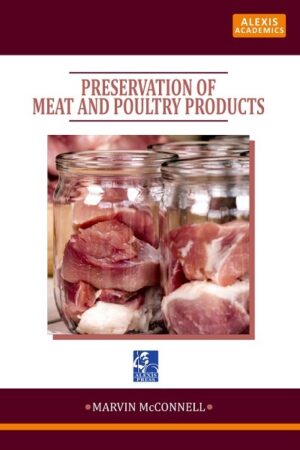Enzymes in Food Processing
Description
Enzymes help speed up chemical reactions in the human body. They bind to molecules and alter them in specific ways. They are essential for respiration, digesting food, muscle and nerve function, among thousands of other roles. Food processing is the transformation of agricultural products into food, or of one form of food into other forms. Food processing includes many forms of processing foods, from grinding grain to make raw flour to home cooking to complex industrial methods used to make convenience foods. Some food processing methods play important roles in reducing food waste and improving food preservation, thus reducing the total environmental impact of agriculture and improving food security. Primary food processing is necessary to make most foods edible, and secondary food processing turns the ingredients into familiar foods, such as bread. Tertiary food processing has been criticized for promoting overnutrition and obesity, containing too much sugar and salt, too little fiber, and otherwise being unhealthful in respect to dietary needs of humans and farm animals. Enzyme is a kind of catalytically active protein. Its catalytic efficiency is higher than inorganic catalysts. Except the general characteristics of the chemical catalyst, enzyme has the following advantages: high catalytic efficiency; high specificity; mild work condition. Enzyme engineering is a new technology that combines enzymology theory with chemical technology. It is able to eliminate the inherent shortcomings of many chemical processes in a variety of industries, and also a driving force for the development of traditional chemical industry. In the past, the enzyme used in food processing was mostly derived from animal offal and plant extracts. Most of the enzymes used are now from microbial fermentation. In general, the purity of the enzyme used in food processing does not need to be particularly high, mostly partially purified enzyme. Unless in the special applications, such as proteolytic enzymes used in low-calorie beer, the higher the purity, the better the effect. Most enzymes applied in the food processing are glucoamylase and then followed by protease, lipase, esterase, oxidoreductase and isomerase.
Enzymes in Food Processing
Only logged in customers who have purchased this product may leave a review.






Reviews
There are no reviews yet.